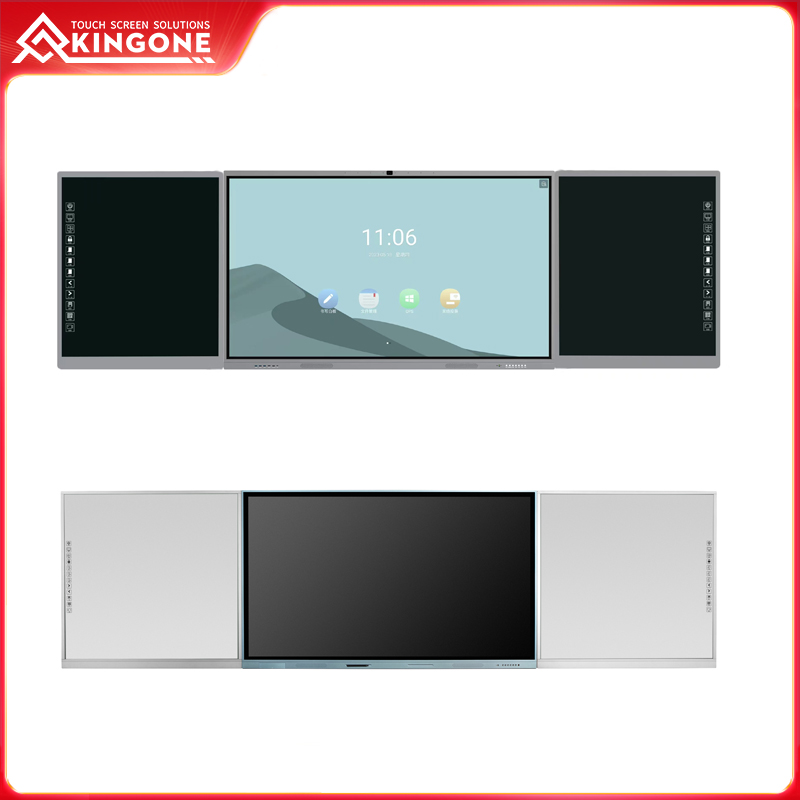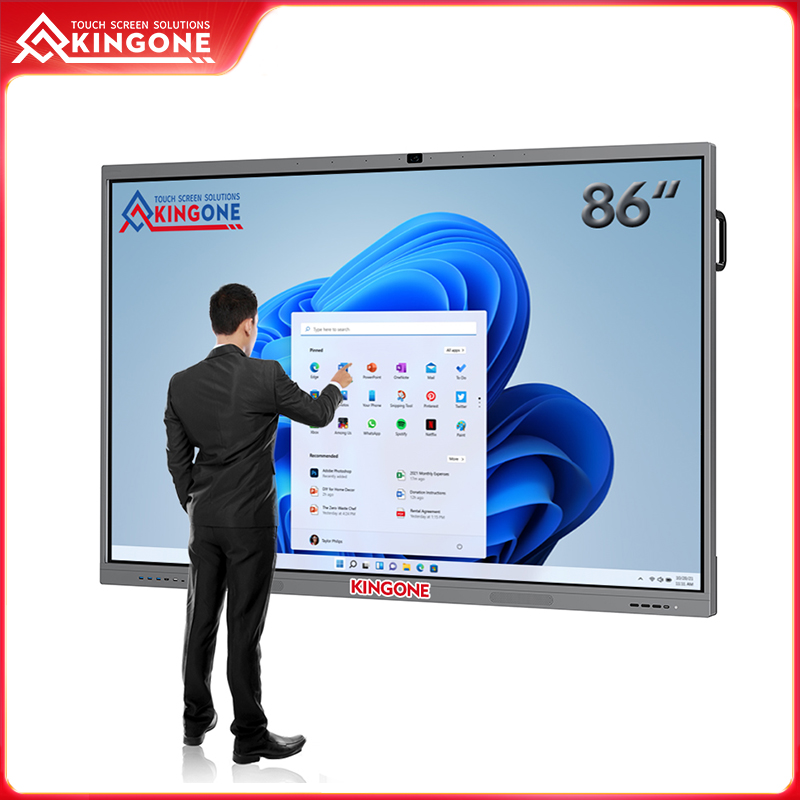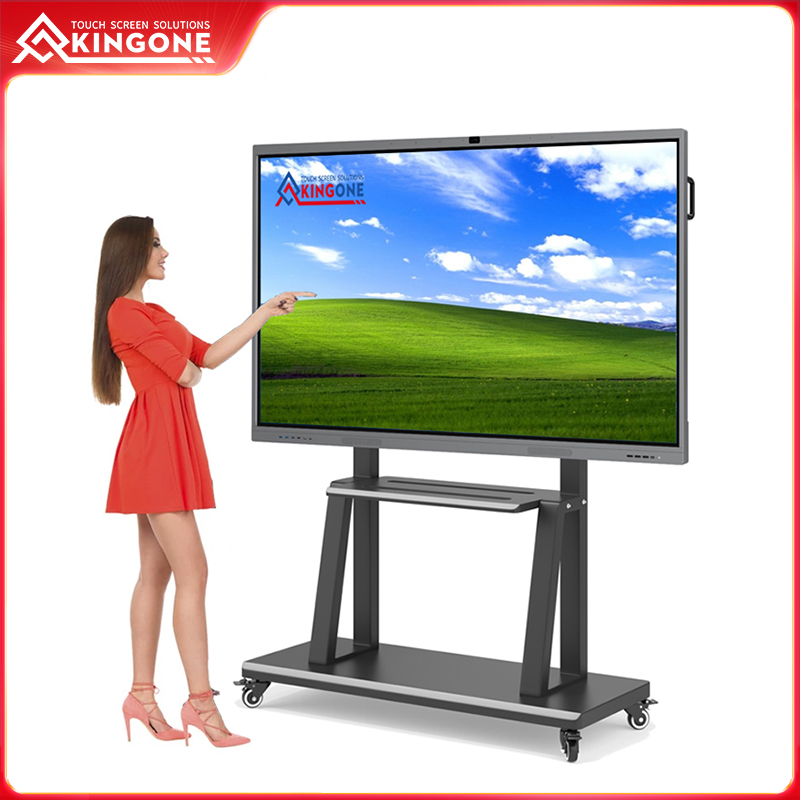What is the difference between Smart Board Interactive and traditional whiteboard teaching?
Published:
2023-08-09 10:09:28
Interactive Smart Board technology brings a paradigm shift in the way classrooms operate by providing a versatile, interactive, and engaging platform for both educators and students.
Teaching methods have undergone a significant transformation with the introduction of Smart Board Interactive technology. This article aims to analyze the key differences between Smart Board Interactive and traditional whiteboard teaching methods. By exploring the various features and functionalities, we can understand how interactive smart boards are revolutionizing the classroom experience.
1. User Interface and Functionality
Smart Board Interactive is equipped with a touch-sensitive screen and a wide range of interactive features that make lessons more engaging, dynamic, and interactive. It enables educators to incorporate multimedia elements, live web browsing, and collaborative activities into their teaching. Conversely, traditional whiteboards offer limited functionality and rely solely on markers and erasers.
2. Digital Content Integration
One of the key advantages of Smart Board Interactive is its ability to seamlessly integrate digital content. Educators can access vast online resources, educational software, and multimedia content to augment their lessons. This includes interactive presentations, videos, simulations, and even virtual reality experiences, providing a multi-sensory learning environment. Traditional whiteboards lack this level of versatility, limiting the scope of visual aids and materials.
3. Enhanced Teaching Methods
Smart Board Interactive technology offers a wide array of tools and features that empower teachers to explore innovative teaching methods. Besides traditional note-taking and annotating, educators can use features like infinite canvas and digital inking to create captivating and easily modifiable content. With the ability to save and share lessons electronically, teachers can review and revise material, ensuring better knowledge retention and engagement among students.
4. Student Engagement and Collaboration
Smart Board Interactive encourages active participation among students through real-time interactions. This technology fosters collaborative activities, group discussions, and peer-to-peer learning. Students can actively engage with the content through touch, pen, or even by sharing their screens. Such features promote inclusive learning and increase student involvement compared to traditional whiteboards, where participation is limited to a select few who can access the board physically.
Conclusion:
Interactive Smart Board technology brings a paradigm shift in the way classrooms operate by providing a versatile, interactive, and engaging platform for both educators and students. Its comprehensive functionality, seamless digital content integration, and innovative teaching methods help create a rich, dynamic educational experience. As technology continues to evolve, Interactive Smart Board systems are anticipated to reshape the future of education.
 English
English







